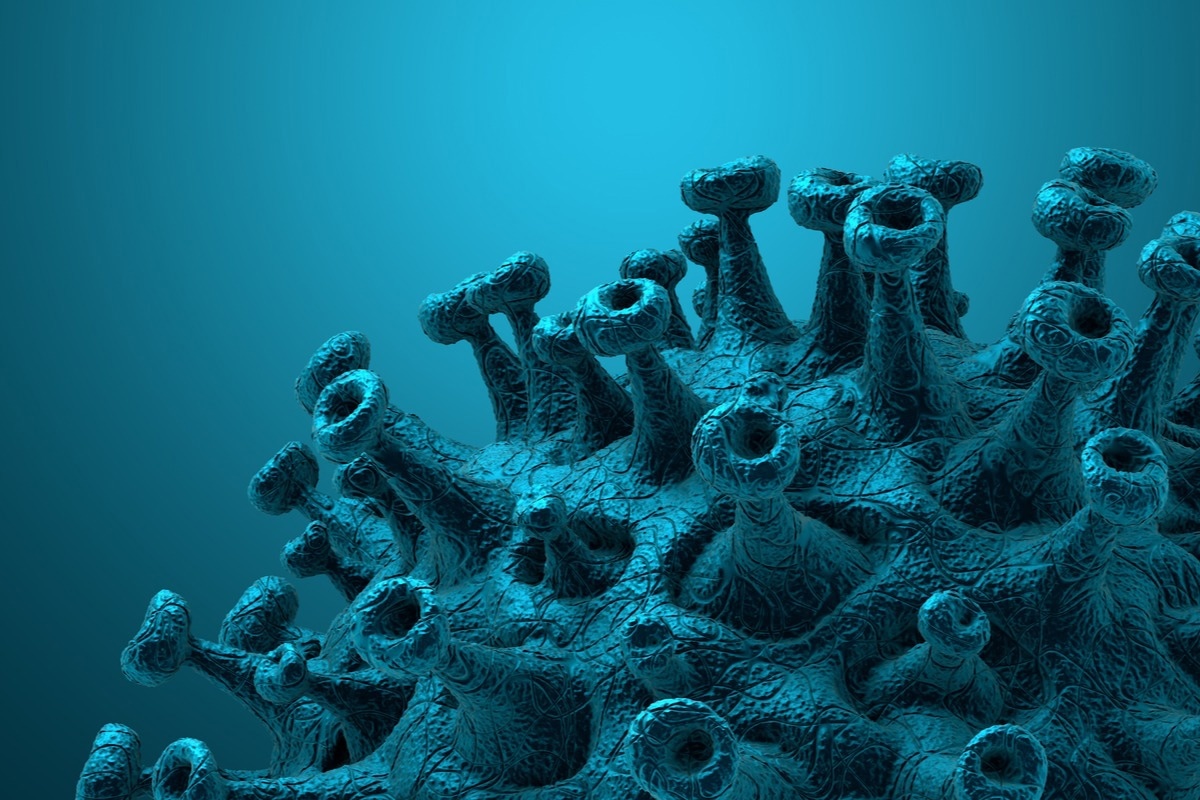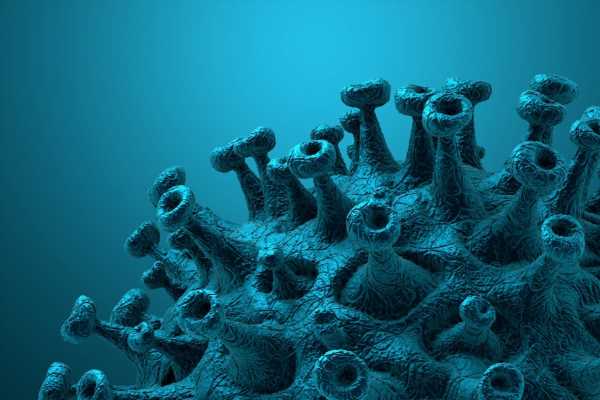In a recent study posted to the bioRxiv* preprint server, researchers reported on the non-angiotensin-converting enzyme 2 (non-ACE2) blocking neutralizing antibodies (nAbs) elicited in response to severe coronavirus disease 2019 (COVID-19) using deep ribonucleic acid (RNA) sequencing (RNAseq) with >100 million reads per sample and molecular dynamic (MD) simulations.

Variants of severe acute respiratory syndrome coronavirus-2 (SARS-CoV-2) continue to emerge and reduce anti-SARS-CoV-2 treatment efficacy. Studies have reported the efficacy of ACE2 blocking nAbs elicited in completely recovered COVID-19 patients; however, that of non-ACE2 blocking nAbs binding to different areas of the spike (S) protein receptor-binding domain (RBD) or other S domains has not been extensively investigated. Furthermore, the time-course nAb evolution has not been assessed in previous studies.
About the study
In the present prospective study, researchers identified assessed titers of NAbs [immunoglobulin (Ig) kappa, Ig lambda, and Ig heavy] elicited in the intensive care unit (ICU)-admitted patients with severe SARS-CoV-2 infections. Additionally, the team elucidated the mechanistic basis for the findings using atomistic modeling and molecular dynamic simulations.
For the analysis, peripheral blood samples obtained from the patients were subjected to deep RNAseq analysis, and the utility of deep RNAseq as a tool for estimating COVID-19 severity and revealing NAb profiles of COVID-19 patients was assessed. Data were obtained during ICU admissions, and the nAb complementarity-determining region 3 (CDR3) segments’ amino acid (aa) sequences were identified.
COVID-19 diagnosis was based on the polymerase chain reaction (PCR)-positive reports obtained by nasopharyngeal swab sampling. Blood samples were obtained on day 0 (n=15) and day 3 (n=12, since two patients were discharged and one died) of ICU admission, following which RNA was extracted for RNAseq analysis.
For understanding the non-ACE2 blocking nAbs and SARS-CoV-2 S interactions, MD simulations were performed after CDR3 sequence (the most commonly detected among survivors) modeling into a cryo-electron microscopy (EM) structure. In addition, MD-derived electrostatic potential (ESP) maps were visualized.
To investigate if C135 IgG1 and S RBD trimer binding interfered with SARS-CoV-2 S-ACE2 binding, the size of C135 IgG1, the curvature and geometry of the host cell membranes, and the membrane-bound N0AT1/ACE2 dimer were assessed. The therapeutic anti-PD1 monoclonal antibody (for Parkinson’s disease) IgG4 structure was chosen to represent C135 IgG1 size in the modeling.
Results
The time-course nAb evolution differed between severe COVID-19 survivors and non-survivors with substantially higher titers of C135 (Class 3 or non-ACE2 blocking antibody) among survivors (16,315 reads) than non-survivors (1,412 reads) in the initial stage of the infection (day 0 of the study). Most nAbs among the non-survivors were Class 4 antibodies. This indicated that non-ACE2 blocking antibodies are essential for recovery.
No significant differences were observed in the titers of Ig kappa, Ig lambda, or Ig heavy among severe COVID-19 survivors and non-survivors on any particular day; however, on comparison across time points (day 0 and day 3), a substantial increase in Ig lambda was observed across all COVID-19 patients.
MD simulation analysis showed that C135 IgG1 binding to one “down” conformation of RBD (and several C135 molecules) was sufficient to entirely block N0AT1/ACE2 dimer binding and thereby prevent the ACE2-mediated SARS-CoV-2 fusion to host cell membranes. Further, the cryo-EM structure modeled for the SARS-CoV-2 S/nAb C135 fragment antigen-binding (Fab) region PDB:7k8z showed no overlapping of the Fab fragment and ACE2 receptor domain binding sites.
Furthermore, for transmission of SARS-CoV-2 genetic material to the host, supercomplex formation comprises three S trimers and six N0AT1/ACE2 dimers, with two NAbs bound to every ACE2 dimer would be required. Unexpectedly, the team found that N57, Y59, and R56 of the C135 heavy chain made favorable and transient molecular interactions with the N343 glycosylated residue and a substantial reduction in the MD trajectory duration in conformation A.
Similarly, the C135 light chain could interact with the N165 glycosylated residue of the adjacent N-terminal domain (NTD). On the contrary, most of the C135 heavy chain interactions with the host glycans were lost in the more stable and persistent conformation B. MD simulation analysis showed stable antibody-epitope interactions after C135 peeled away from the N343 (and potentially N165) glycans.S RBD epitope recognition by C135 involved 29.7° and 47.2° C135 rotations in the A conformation and B conformation, respectively, such that the C135 light chain partially overlapped the NTD and N165 in the C135/S complex.
Overall, the study findings highlighted the interactions of the C135 with the SARS-CoV-2 S and proposed a physical basis for ACE2-S binding inhibition, despite no direct ACE2 blockade by C135. The findings also showed that deep RNA sequencing coupled with molecular modeling could be a novel estimator of COVID-19 severity and nAb profiles of individuals that lack anti-SARS-CoV-2 immunity.
*Important notice
bioRxiv publishes preliminary scientific reports that are not peer-reviewed and, therefore, should not be regarded as conclusive, guide clinical practice/health-related behavior, or treated as established information.
- Alger M. Fredericks, Kyle W. East, Yuanjun Shi, Jinchan Liu, Federica Maschietto, Alfred Ayala, William G. Cioffi, Maya Cohen, William G. Fairbrother, Craig T. Lefort, Gerard J. Nau, Mitchell M. Levy, Jimin Wang, Victor S. Batista, George P. Lisi, and Sean F. Monaghan, MD. (2022). Identification and Mechanistic Basis of non-ACE2 Blocking Neutralizing Antibodies from COVID19 Patients with Deep RNA Sequencing and Molecular Dynamics Simulations. bioRxiv. doi: https://doi.org/10.1101/2022.06.29.498206 https://www.biorxiv.org/content/10.1101/2022.06.29.498206v1
Posted in: Medical Science News | Medical Research News | Disease/Infection News
Tags: ACE2, Amino Acid, Angiotensin, Angiotensin-Converting Enzyme 2, Antibodies, Antibody, Antigen, Blood, Cell, Coronavirus, Coronavirus Disease COVID-19, covid-19, Efficacy, Electron, Electron Microscopy, Enzyme, Evolution, Genetic, Glycans, immunity, Immunoglobulin, Intensive Care, Membrane, Microscopy, Monoclonal Antibody, Nasopharyngeal, Polymerase, Polymerase Chain Reaction, Protein, Receptor, Respiratory, Ribonucleic Acid, RNA, RNA Sequencing, SARS, SARS-CoV-2, Severe Acute Respiratory, Severe Acute Respiratory Syndrome, Syndrome

Written by
Pooja Toshniwal Paharia
Dr. based clinical-radiological diagnosis and management of oral lesions and conditions and associated maxillofacial disorders.
Source: Read Full Article






